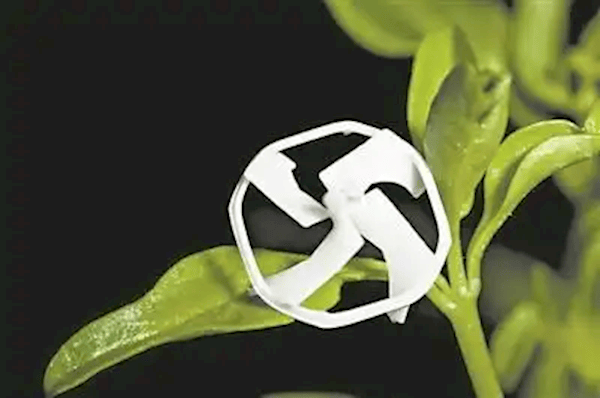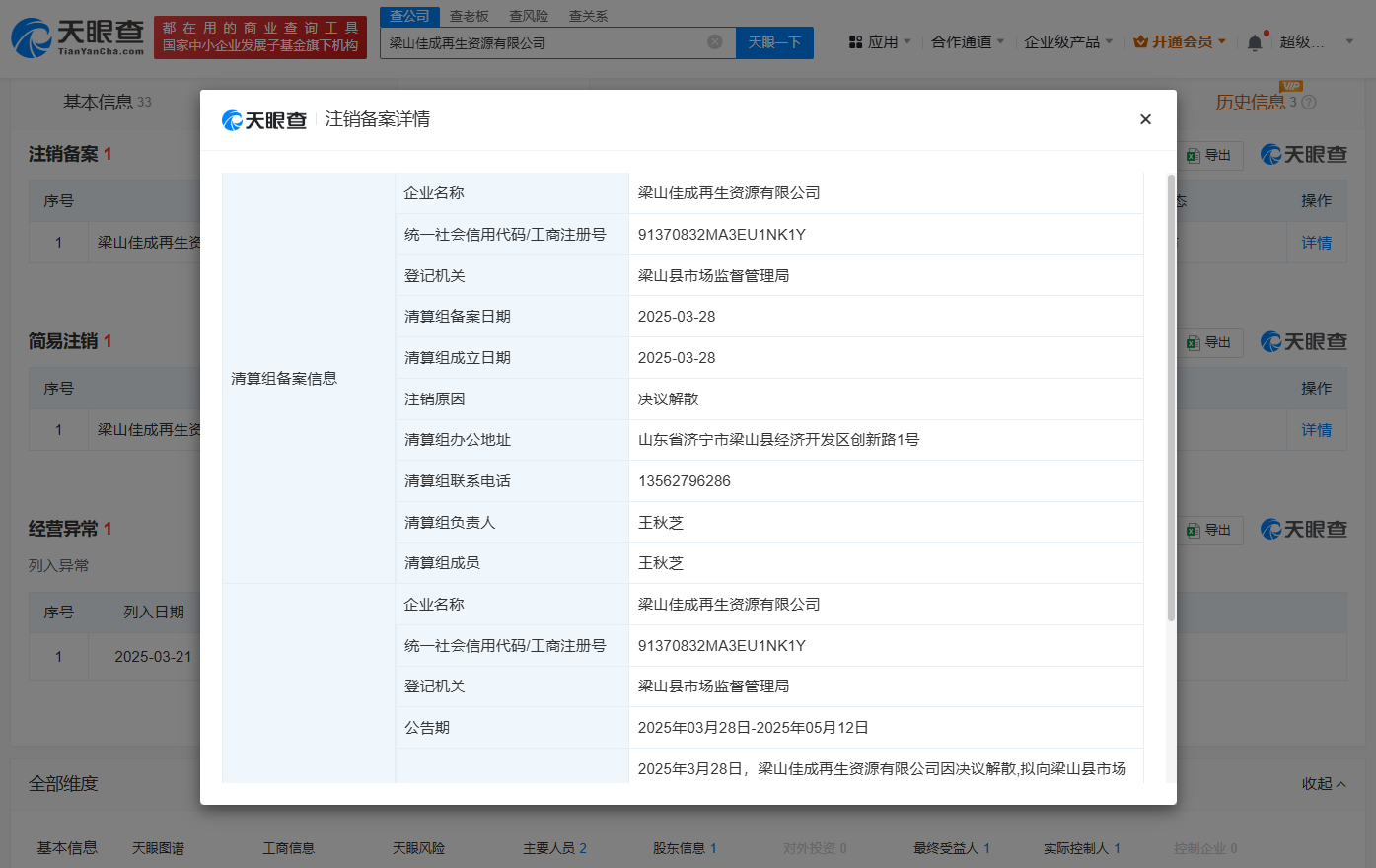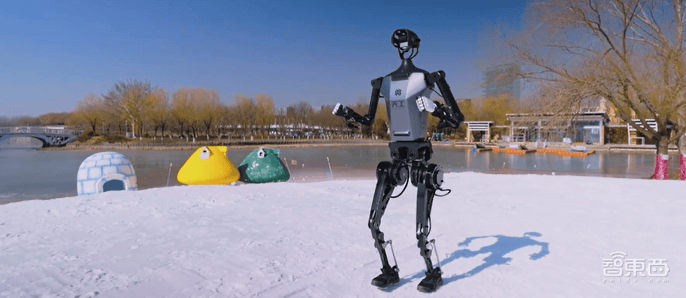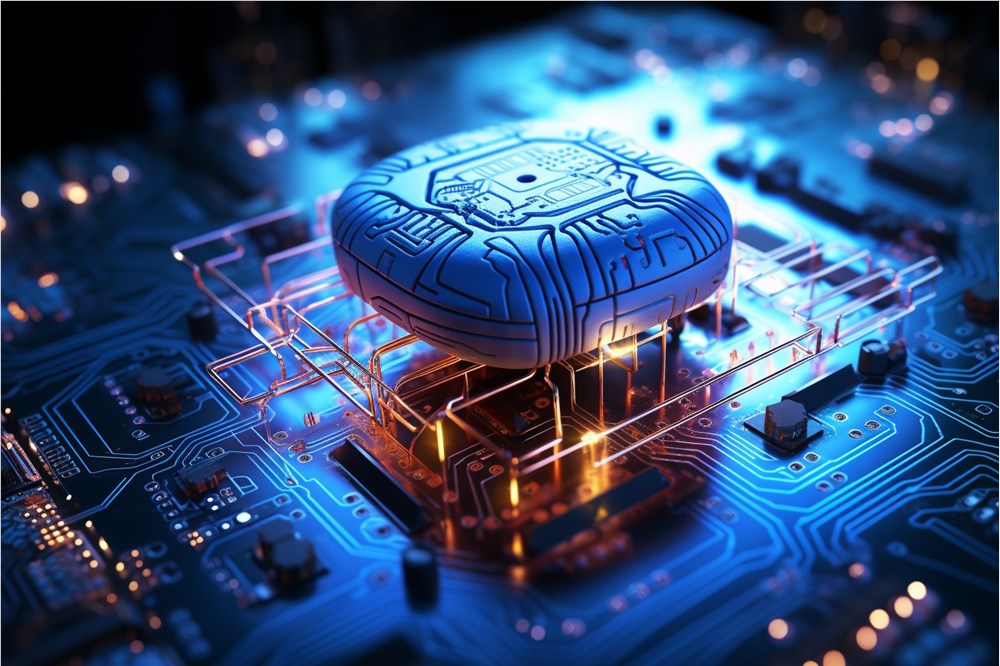In the semiconductor manufacturing sector, despite companies like Canon introducing nanoimprint lithography (NIL) claiming the ability to produce chips at 5nm and below, the reality is that photolithography remains the core technology for large-scale chip production. Advanced photolithography machines are crucial for the continuous advancement of chip-making technology. Although new technologies like NIL, as well as DSA and BLE electron beam technology, hold theoretical potential, they have not been widely adopted in the industry and have limited capacity. Therefore, the core position of photolithography machines in chip manufacturing remains solid.
The U.S. restrictions on ASML's sale of photolithography machines to China, particularly the ban on exporting EUV photolithography machines and the limitation on selling advanced immersion DUV photolithography machines, further highlights the importance of photolithography technology. The U.S. strategy aims to limit China's progress in chip manufacturing by controlling the supply of photolithography machines.
Faced with such challenges, self-reliance has become the key for China to break through technological blockades. If advanced photolithography machines cannot be successfully developed, the progress of chip manufacturing technology will be severely constrained. Therefore, China's independent development in the photolithography field is particularly important.
So, how is the development of China's domestically produced photolithography machines going? In fact, the situation is not bleak. According to the photolithography development roadmap, the most advanced machines are EUV photolithography machines, which are the sixth generation and can be used to produce chips below 7nm. China has made significant progress in photolithography research and development.
Shanghai Microelectronics has already mass-produced 90nm precision ArF photolithography machines, and recently, a new ArF photolithography machine with a resolution of less than or equal to 65nm and a stepping precision of less than or equal to 8nm has been exposed. This machine has reached the top level of ArF photolithography machines, and the next step is the immersion DUV photolithography machine (ArFi).
ArF photolithography machines and immersion DUV photolithography machines are similar in terms of light source and worktable, with the main difference being the immersion system, which adds a layer of water as a medium on the wafer. After ArFi, it is the more challenging EUV photolithography machine, which uses a 13.5nm wavelength.
Despite this, China is only two steps away from the successful development of EUV photolithography machines. The first step is the immersion DUV photolithography machine, and this step is expected to be not too far because other related technologies have been realized, only waiting for the perfection of the immersion system. Once this step is achieved, China will start to develop EUV photolithography machines.
Although the development of EUV photolithography machines is more difficult, China is confident in overcoming this technical challenge. Once successful, all chip bans will lose their effect, and China will make a major breakthrough in the semiconductor manufacturing field.








暂无评论